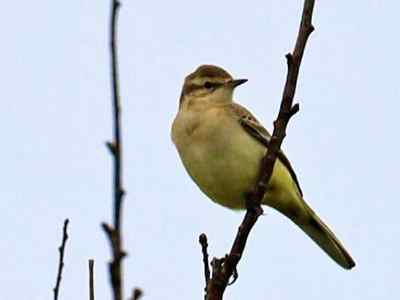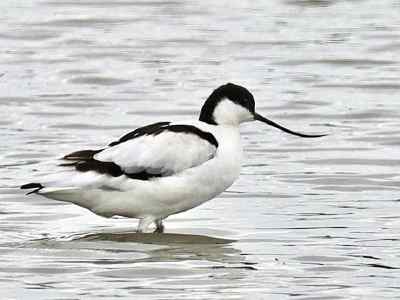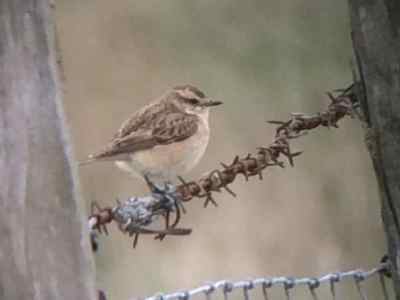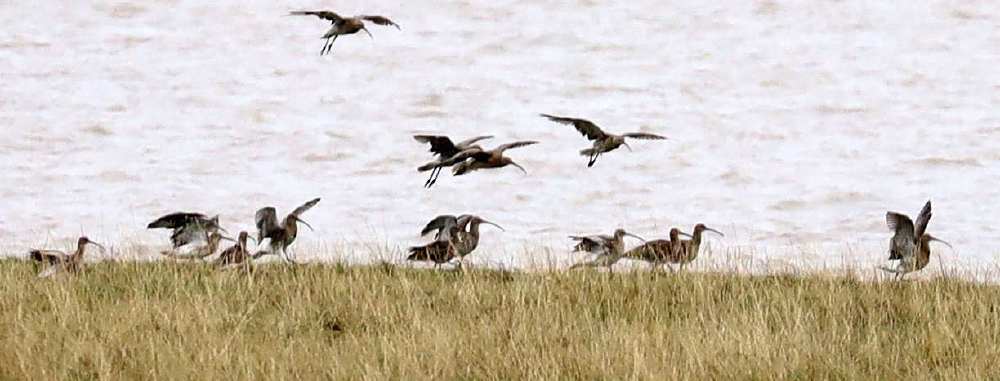Photo: Cranes at Slimbridge © Richard Bottle
Leader: Philip Delve
We began our visit walking the seawall path, beyond the new Holden Tower Hide, north east towards Middle Point. A distinctive “sweep” call alerted us to several Yellow Wagtails in the field bounding this path. Typically, these were feeding close to cattle.
From the sea wall, near Middle Point, we could take in the wide sweep of the Severn Estuary and The Dumbles. Hide tide had pushed several hundred Curlew to the banks of the Severn. Although distant, with three telescopes between six of us, we were well equipped to view the birds there.
Five Cranes flew across the fields of New Grounds behind us. Close by, three Whinchats and a Wheatear sat up on posts bounding the reed bed in front of us. The new Holden Tower gives a splendid view of the Dumbles, land raised by tidal silt between estuary and sea wall. Here were large flocks of Barnacle, Greylag and Canada Geese, Curlew and Shelducks. In the distance a long staying Ross’s Snow Goose was roosting with Barnacle Geese.

Yellow Wagtail at Middle Point © Richard Bottle

Avocet at Rushy Pen © Richard Bottle

Whinchat © Philip Delve
A Peregrine Falcon briefly put the birds up as it flew through. The meeting was timed to take advantage of a very high tide late morning, knowing that this would drive both wildfowl and waders closer to view. In the event most of the wading birds had moved to pools on the landward side of the sea wall fronting the Zeiss Hide and so we made our way there.
Apparently the water level in the pool fronting the Zeiss Hide was deliberately lowered shortly before the very high tide, to suit wading birds. A few days after the very high tide the pools were to be re-flooded, to prevent excessive drying of the mud. This management brought spectacular results. Wader species seen: Little Stints, Ruff, Greenshank, Redshank, Spotted Redshank, Snipe, Green and Common Sandpipers, Dunlin, Curlew Sandpiper, Knot, Sanderling, Curlew, Black-tailed Godwits, Ringed Plovers, Lapwings and Golden Plover. A Garganey was notable among the ducks here.

Curlews at Middle Point Slimbridge Copyright Richard Bottle
We took a packed lunch break in Peng Hide overlooking Rushy Pen. A single Avocet, more Ruff, Redshank, and Black-tailed Godwits gave closer views. A Sparrowhawk took a small bird, landing briefly in front of us before shooting away.
We finished our visit at South Lake Hide, adding our only Common Gull, more Ruff and Black-tailed Godwits etc.
I hope all that wader identification was not too confusing for the new birder in our number. It is not often you can see 18 wader species in a day!
Philip Delve


Recent Comments